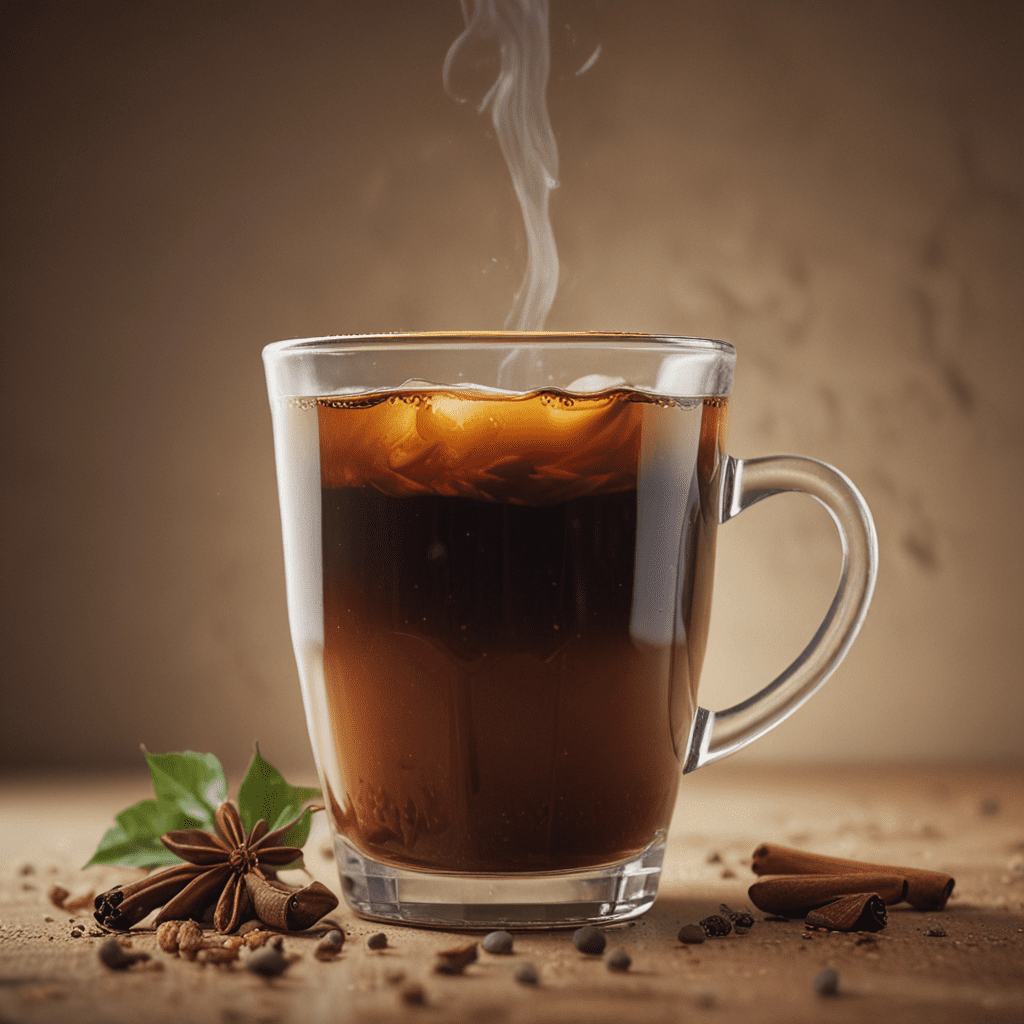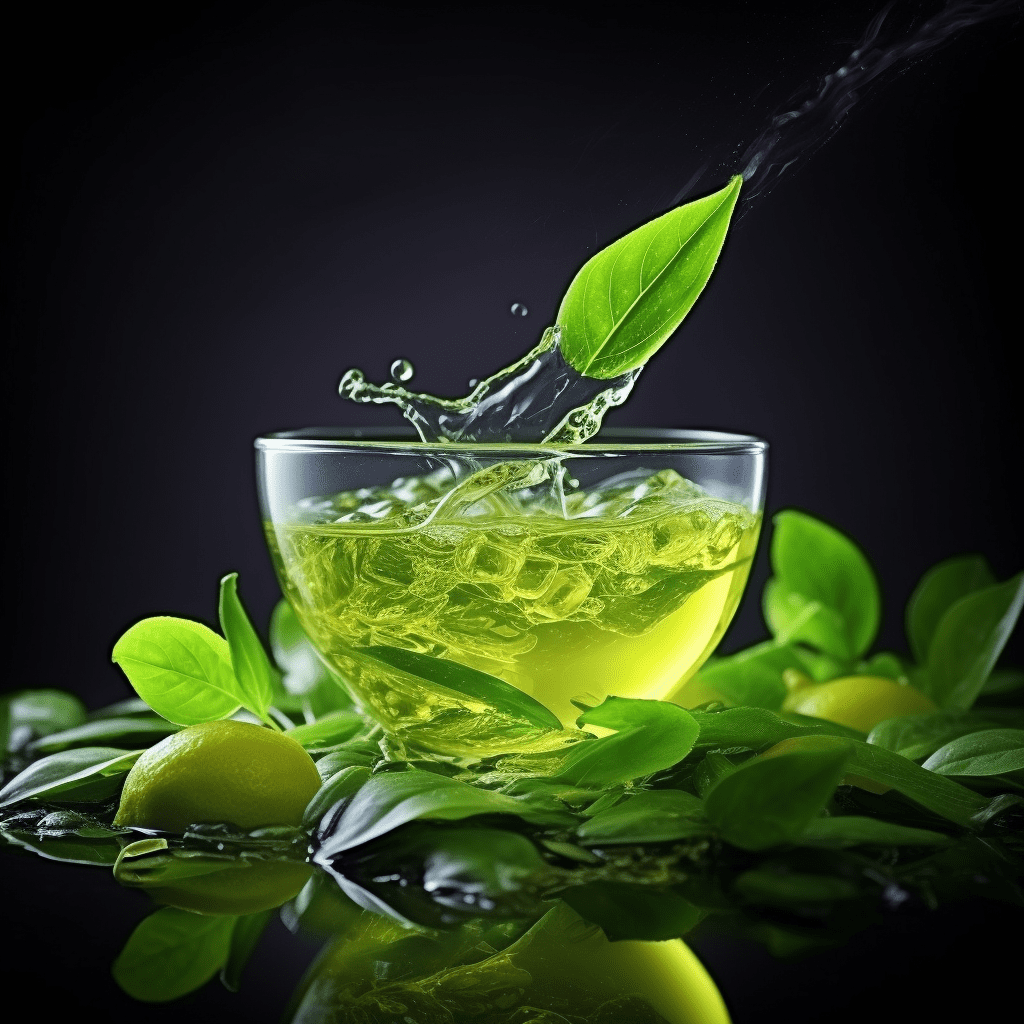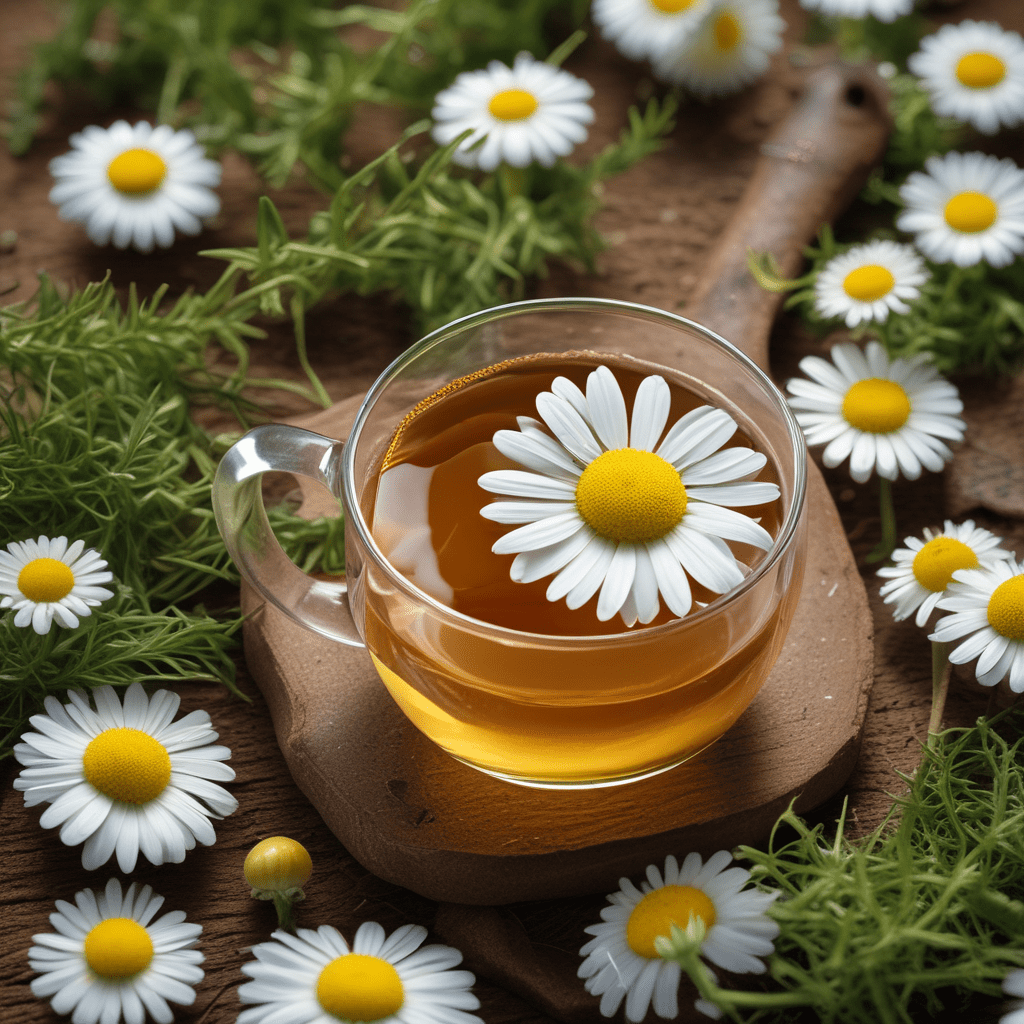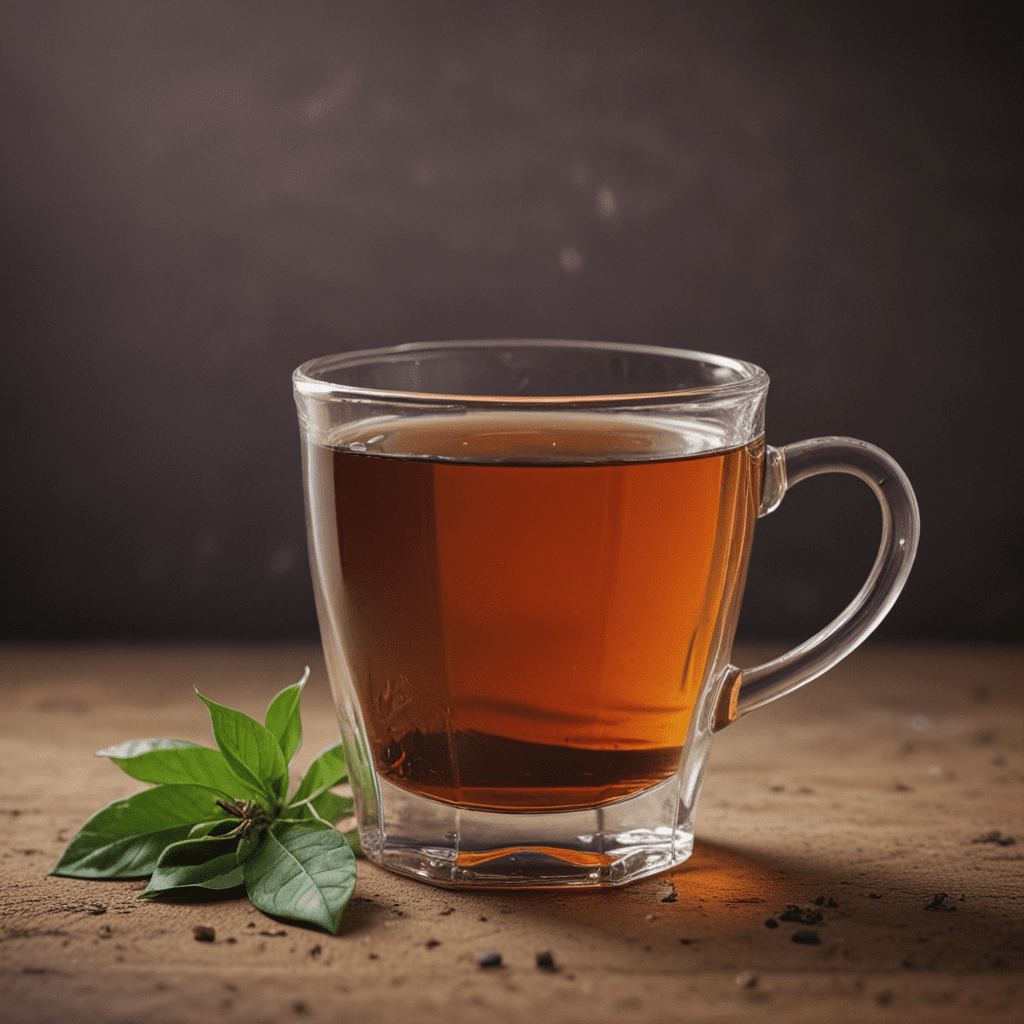
Origins of Chai Tea: Unveiling the Ancient Tradition
Chai tea, a delectable blend of aromatic spices and black tea, has captivated tea enthusiasts for centuries. Its origins can be traced back to the ancient land of India, where Ayurveda, the traditional medicinal system, played a pivotal role in its creation. Ayurvedic practitioners believed that spices possessed healing properties and blended them with tea to create a potent concoction that could balance the body and mind.
From its humble beginnings in India, chai tea embarked on a global journey, carried by traders and travelers who spread its unique flavor far and wide. It gained immense popularity in the Western world during the 1960s and 1970s, becoming a staple beverage in coffee shops and households alike. Today, chai tea continues to be enjoyed by tea lovers around the world, serving as a testament to its enduring appeal.
Ingredients That Define Chai: A Symphony of Spices
The distinctive flavor of chai tea lies in its carefully curated blend of spices. The most common spices used in chai include:
- Cinnamon: A warm and aromatic spice that adds sweetness and depth to the tea.
- Cardamom: A fragrant and slightly minty spice that enhances the overall flavor profile.
- Cloves: A pungent and aromatic spice that provides a hint of warmth and bitterness.
- Ginger: A refreshing and stimulating spice that adds a zesty kick to the tea.
- Black pepper: A spicy and peppery addition that balances the sweetness of the other spices.
These spices are often combined with other ingredients such as star anise, nutmeg, or fennel, creating a unique and complex flavor profile that varies depending on regional preferences and individual tastes.
Preparation Methods: Brewing the Perfect Cup
Traditionally, chai tea is prepared by simmering the spices in milk and water and then adding black tea leaves. This method allows the spices to infuse their flavors into the tea, resulting in a rich and aromatic beverage. However, there are various other preparation methods that can be used to create chai tea, including:
- Stovetop: Combining spices, milk, water, and black tea leaves in a saucepan and simmering until flavorful.
- French press: Adding spices and black tea leaves to a French press, adding hot water, and steeping for several minutes.
- Tea bag: Using pre-packaged chai tea bags that contain a blend of spices and black tea leaves, which are steeped in hot water.
The brewing time and the amount of spices used can be adjusted to suit individual preferences, allowing for a customized chai tea experience.
Chai Tea Around the World: Diverse Variations and Adaptations
Chai tea has undergone numerous adaptations and variations as it has traveled across the globe. In India, where chai tea originated, it is typically made with a strong black tea and a blend of spices that may include ginger, cardamom, cloves, and cinnamon. Masala chai is a popular variation that includes a mixture of spices such as black pepper, nutmeg, and star anise.
In other parts of the world, chai tea has been adapted to local tastes and preferences. In the United States, for instance, chai tea is often made with a milder black tea and a sweeter blend of spices. Chai lattes, made with steamed milk and frothed milk, have also become popular.
Health Benefits of Chai: A Healing Elixir
Beyond its delightful flavor, chai tea is also known for its potential health benefits. The spices used in chai tea have been traditionally used in Ayurveda for their medicinal properties. Some of the potential health benefits of chai tea include:
- Antioxidant properties: The spices in chai tea contain antioxidants that help protect the body from damage caused by free radicals.
- Anti-inflammatory properties: The spices in chai tea have anti-inflammatory properties that may help reduce inflammation in the body.
- Digestive support: Ginger, one of the common spices in chai tea, is known for its digestive-supporting properties.
- Immune support: The spices in chai tea contain compounds that may help support the immune system.
Cultural Significance of Chai: A Bridge Between East and West
Chai tea has played a significant role in bridging the cultural gap between the East and the West. Its origins in India and its subsequent journey to the Western world have created a cultural exchange that has enriched both cultures.
In India, chai tea is deeply ingrained in the social fabric and is often served as a gesture of hospitality and warmth. It is an integral part of daily life and is enjoyed by people from all walks of life.
In the West, chai tea has become a symbol of exoticism and cultural diversity. Its unique flavor and aroma have made it a popular beverage in coffee shops, tea houses, and homes. It has also been incorporated into various culinary creations, such as desserts and baked goods.
Chai Tea in Modern Times: A Global Phenomenon
In recent years, chai tea has become a global phenomenon, enjoyed by tea enthusiasts worldwide. Its popularity can be attributed to its versatility, health benefits, and cultural appeal. Chai tea is now available in a wide range of flavors and variations, catering to diverse tastes and preferences.
From traditional Indian chai to modern adaptations like chai lattes and chai-infused desserts, chai tea continues to evolve and captivate tea lovers around the world. Its global presence is a testament to its enduring appeal and its ability to connect people across cultures.
Chai Tea and Social Gatherings: A Catalyst for Connection
Chai tea has become synonymous with social gatherings and convivial moments. Its aromatic fragrance and comforting flavor create a welcoming atmosphere that fosters conversation and connection.
In many cultures, chai tea is served as a symbol of hospitality and warmth. It is offered to guests as a gesture of friendship and is often enjoyed during social gatherings such as tea parties, potlucks, and family gatherings.
Chai Tea as a Culinary Ingredient: Enhancing Flavors
Beyond its consumption as a beverage, chai tea has also made its way into the culinary world. Its unique flavor profile has inspired chefs and home cooks alike to incorporate chai tea into various culinary creations.
Chai tea is used to enhance the flavors of desserts such as cakes, cookies, and ice cream. It is also incorporated into savory dishes such as curries, stews, and marinades. The warm and aromatic spices of chai tea add depth and complexity to a wide range of culinary creations.
The Future of Chai Tea: Exploring New Horizons
The future of chai tea looks bright as it continues to gain popularity and evolve to meet the changing tastes and preferences of tea enthusiasts. New variations and adaptations are constantly emerging, showcasing the versatility and adaptability of this beloved beverage.
Chai tea is increasingly being used in combination with other teas, herbs, and spices to create innovative and exciting flavor combinations. It is also making its way into wellness trends, with chai-infused supplements and beverages being introduced to the market.
As the world becomes increasingly interconnected, chai tea is poised to continue its journey as a bridge between cultures, bringing people together and inspiring culinary creativity.
FAQ
What is the difference between chai tea and regular tea?
Chai tea is a blend of black tea with aromatic spices, such as cinnamon, cardamom, cloves, and ginger, while regular tea is made from the leaves of the Camellia sinensis plant.
How do I make chai tea?
There are several ways to make chai tea. One common method is to simmer black tea leaves with spices in milk and water. Other methods include using a French press or steeping pre-packaged chai tea bags in hot water.
What are the health benefits of chai tea?
Chai tea contains antioxidants, anti-inflammatory compounds, and digestive aids that may offer potential health benefits, including reduced inflammation, improved digestion, and boosted immunity.
Can I make chai tea without caffeine?
Yes, you can make chai tea without caffeine by using decaffeinated black tea leaves or by substituting herbal teas like rooibos or chamomile for black tea.
What are some popular chai tea variations?
Chai tea has many variations, including masala chai (a spicy Indian version), dirty chai (with a shot of espresso), and chai lattes (made with steamed milk and frothed milk).


